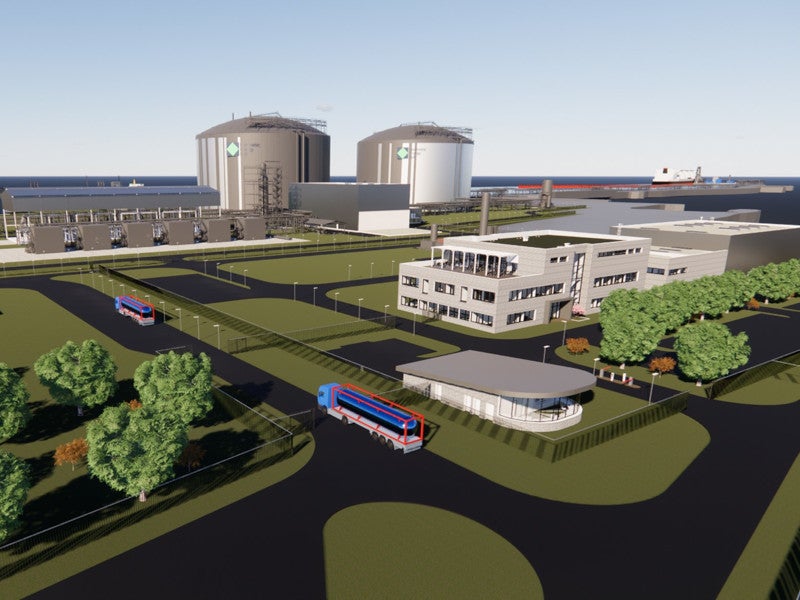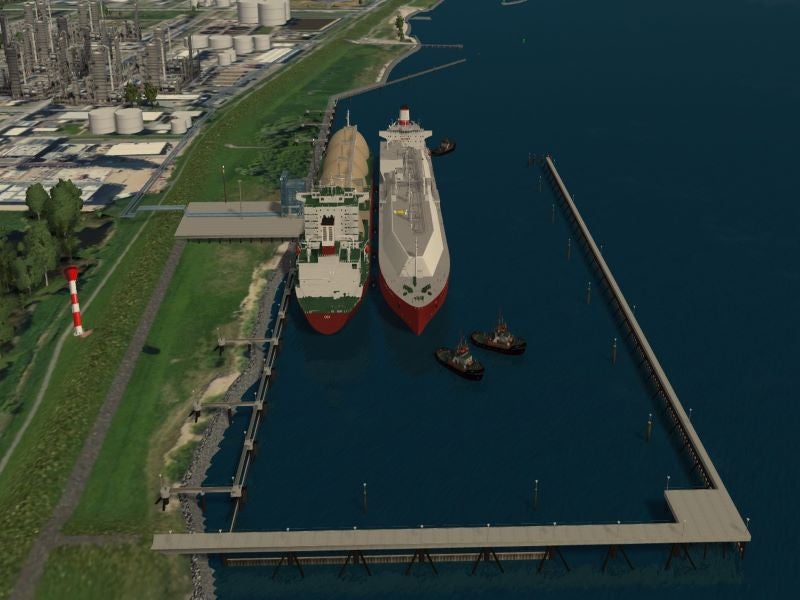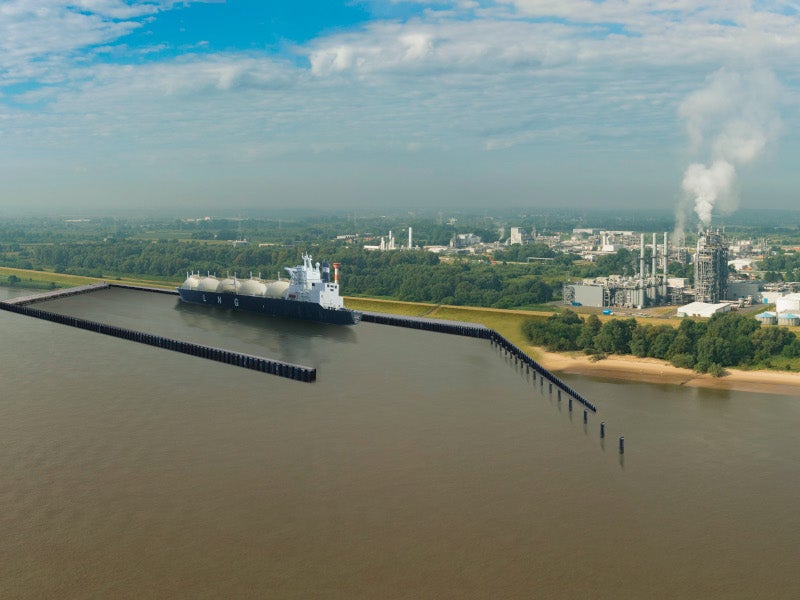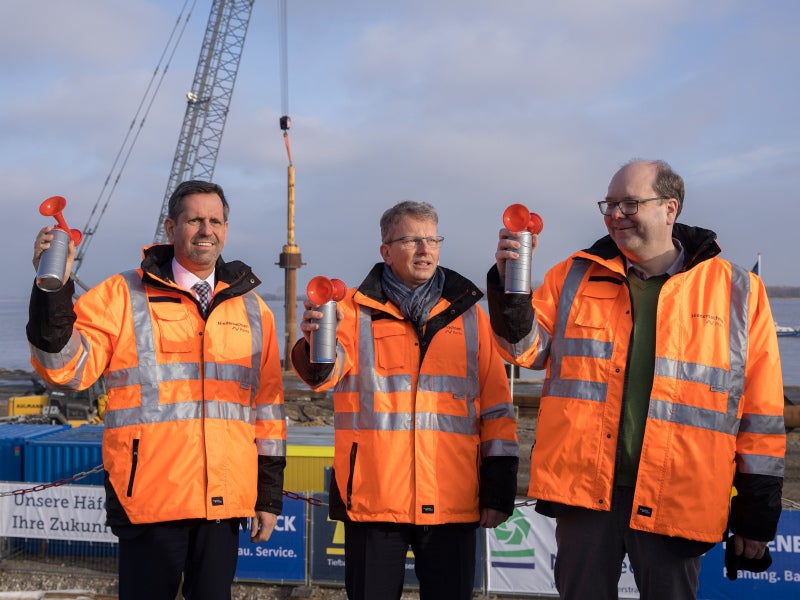The Hanseatic Energy Hub is an independent, future-flexible liquified natural gas (LNG) terminal being developed in Stade, Lower Saxony, Germany.
The terminal is being developed jointly by port company Buss Group, gas transmission and storage company Fluxys, investment business Partners Group and chemical products manufacturer and supplier Dow.
The Lower Saxony State Office for Water Management, Coastal Defense, and Nature Conservation approved the construction of the LNG terminal in September 2022. Permission for preparing the ground for the construction was received in January 2023.
The final investment decision on the project is expected to be made in 2023. The terminal is planned to be developed with an estimated investment of approximately €1bn and is expected to commence operations in 2027.
It will secure 15% of Germany’s existing LNG demand and support the green energy transition in the country, along with enabling the ramp-up of hydrogen production in the future.
Location
The Hanseatic Energy Hub is being developed at the existing industrial park in Stade that is located near the Elbe river with access to the North Sea and the Port of Hamburg.
The site is also close to the German pipeline transmission network and is easily accessible via rail, road and sea transport.
Hanseatic Energy Hub details
The Hanseatic Energy Hub project includes the development of a land-based LNG terminal, port, industrial park, floating storage and regasification unit (FSRU) and connecting infrastructure. It will also have a storage facility, a truck-loading facility, and a jetty for bunkering vessels.
The first stage of the project will include the development of the terminal with a regasification capacity of up to 13.3 billion cubic metres of natural gas (bcm) and a send-out capacity of 21.7GWh/h. The terminal development proposes to use Dow’s industrial waste heat in the regasification process, thereby reducing additional carbon emissions.
The terminal is being designed to handle LNG, bio-LNG, and other low-carbon energy sources such as synthetic natural gas, artificially produced LNG and synthetic methane. It is also proposed to be available to import hydrogen-based energy sources such as ammonia in the future.
FSRU details
The Transgas Force FSRU owned by shipping company Dynagas is planned to be utilised until the land-based terminal is developed. It is one of five FSRUs chartered by the federal government to help secure a natural gas supply to Germany.
The FSRU will have a regasification capacity of 5bcm a year and will utilise the existing infrastructure. It will be connected to the German gas network through a short connection line and is expected to be ready between 2023 and 2024.
The Transgas Force FSRU will be replaced by the land-based terminal that will be commissioned in 2027. The construction works involving the development of feeders for the FSRU commenced in January 2023.
Port details
The terminal port will be strategically located to have easy access to the Port of Hamburg, the Elbe river and the Kiel Canal. It will be accessible for LNG tankers with a length of 345m, as well as for smaller tankers that can transport LNG and ammonia to inland shipping ports.
LNG purchase agreements
State-owned energy company Securing Energy for Europe entered a regasification capacity contract with Hanseatic Energy Hub to import the LNG produced at the terminal.
The 20-year future flexible contract with an option to use ammonia as a hydrogen-based energy carrier will be implemented via the commencement of LNG terminal operations and with a minimum of four billion cubic metres of LNG.
Energy company EnBW made a long-term capacity booking for three billion cubic metres of LNG from the project in December 2022. In April 2023, EnBW increased the booking by a further three billion cubic metres.
Contractors involved
A consortium led by Tecnicas Reunidas comprising FCC and Entrade was awarded the engineering, procurement and construction contract for the Hanseatic Energy Hub in April 2023.
Tecnicas is an engineering and construction company, while FCC is a construction company based in Spain. Entrade is a subsidiary of ENKA, another engineering and construction organisation.










